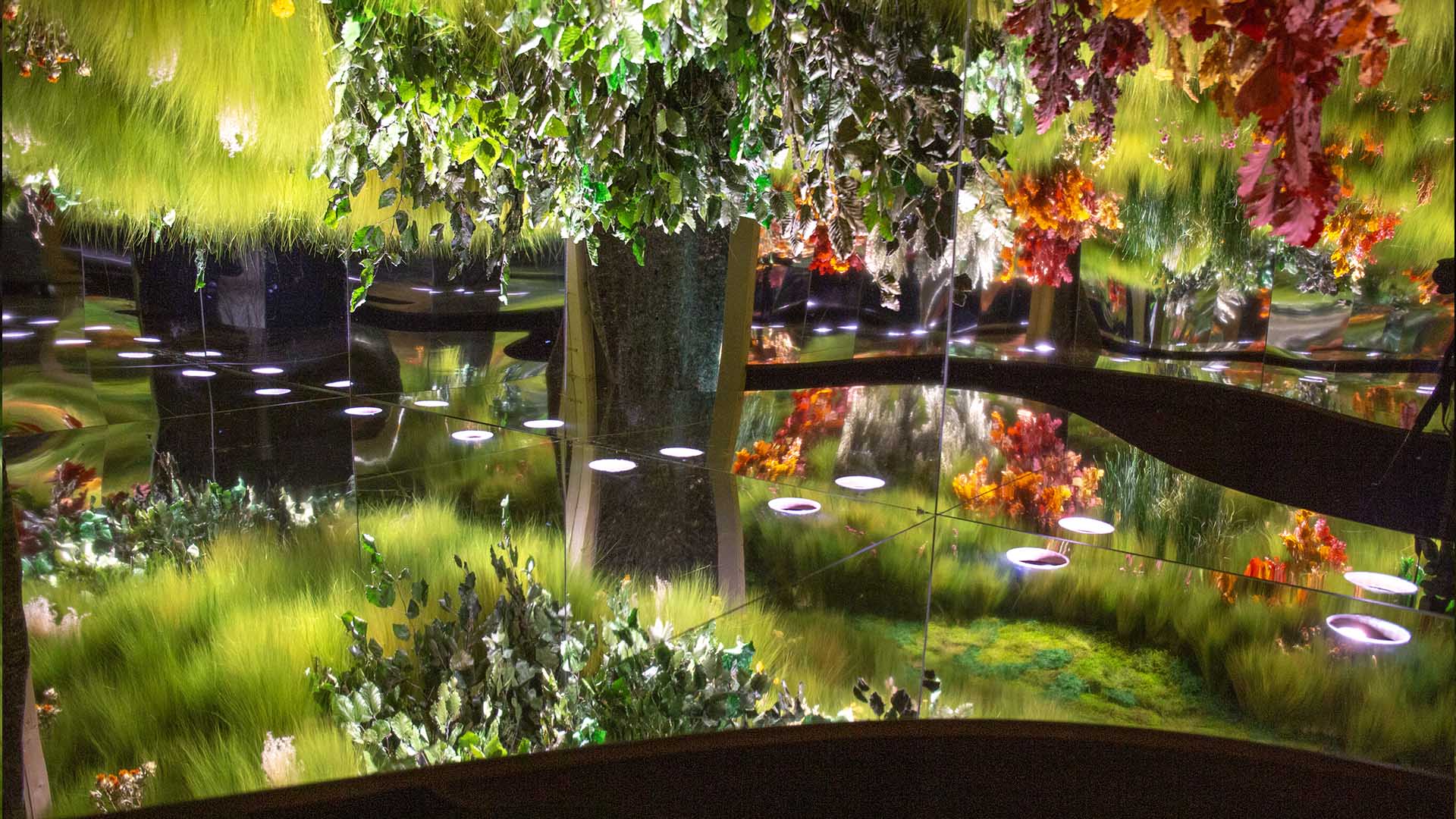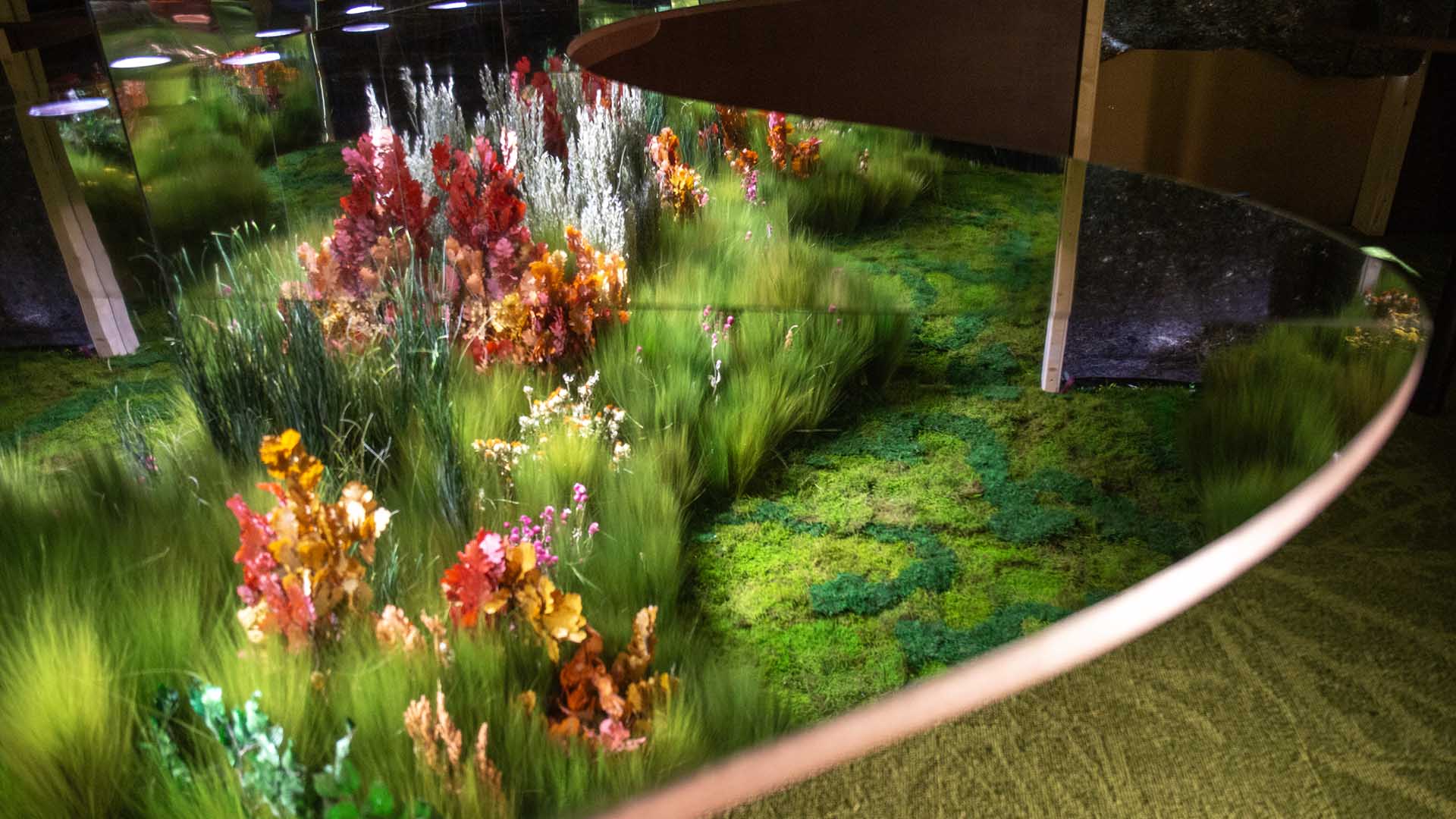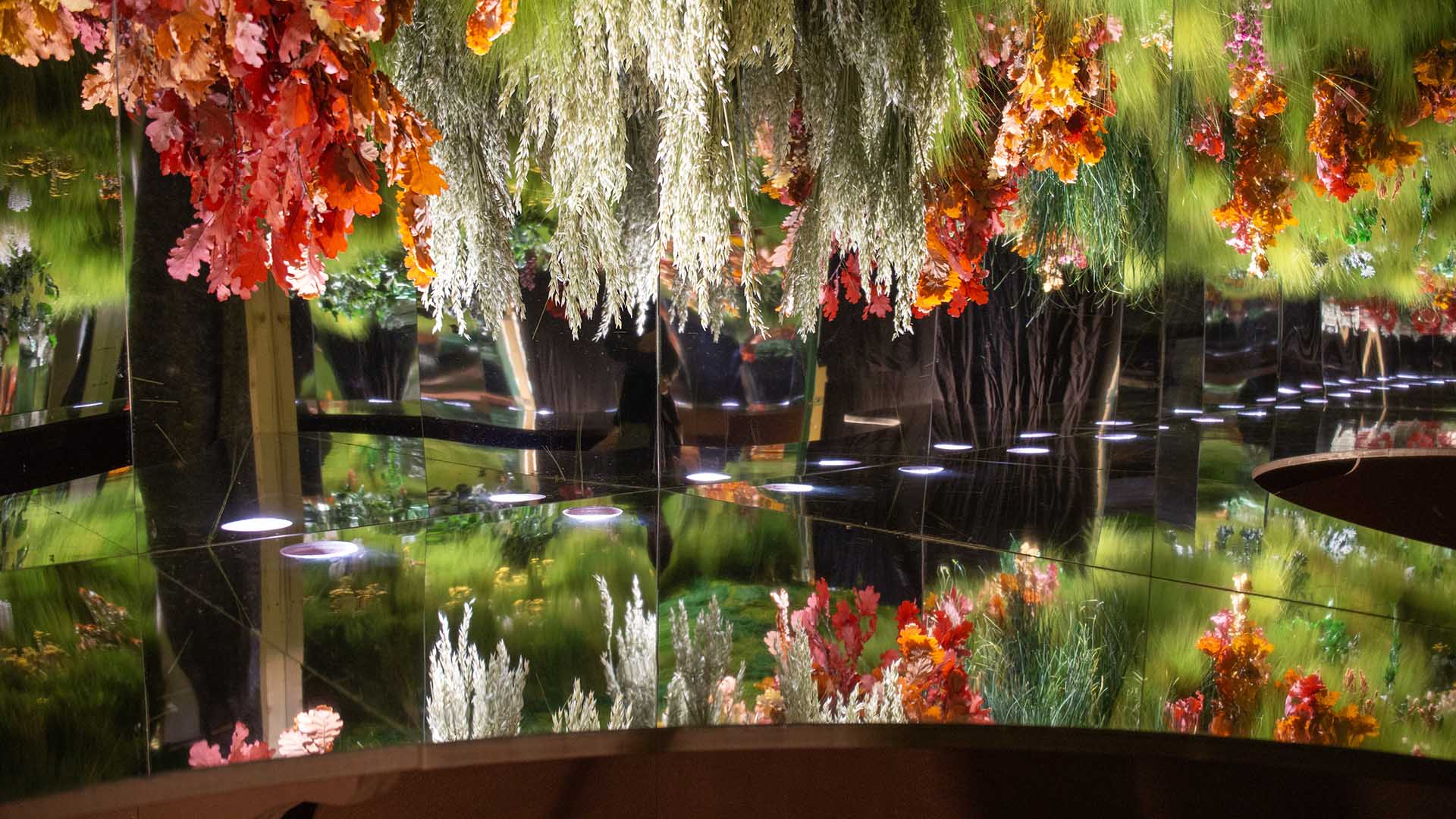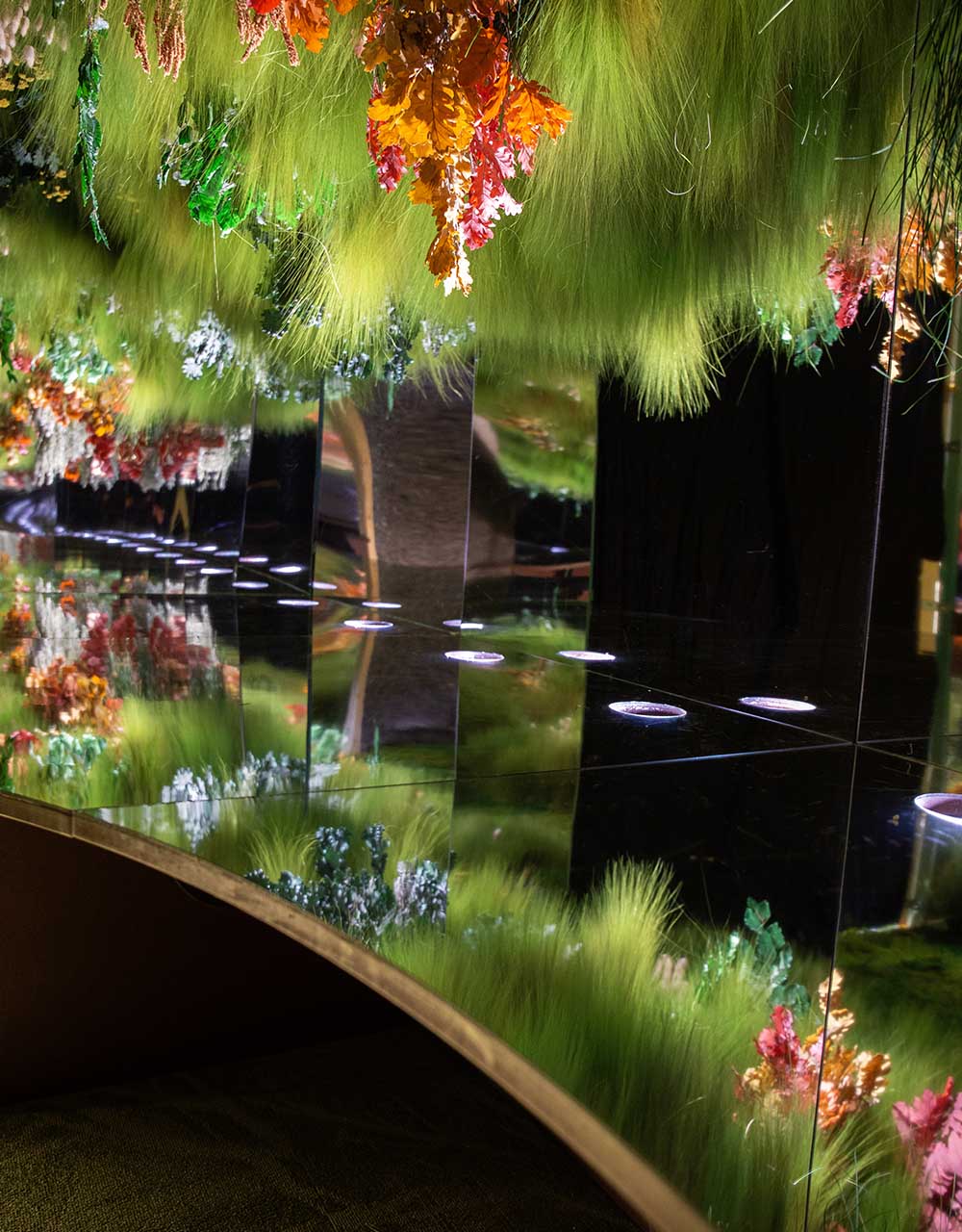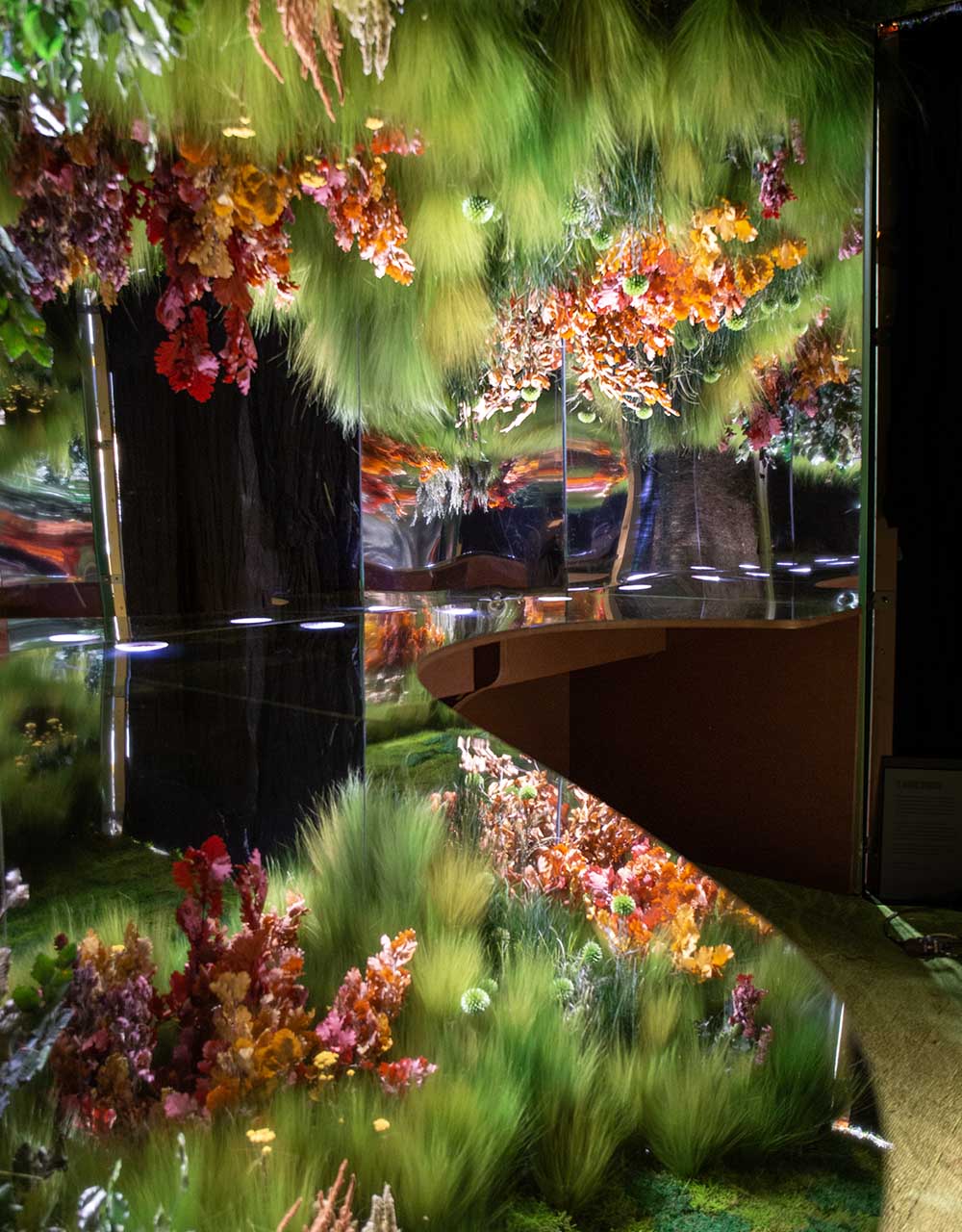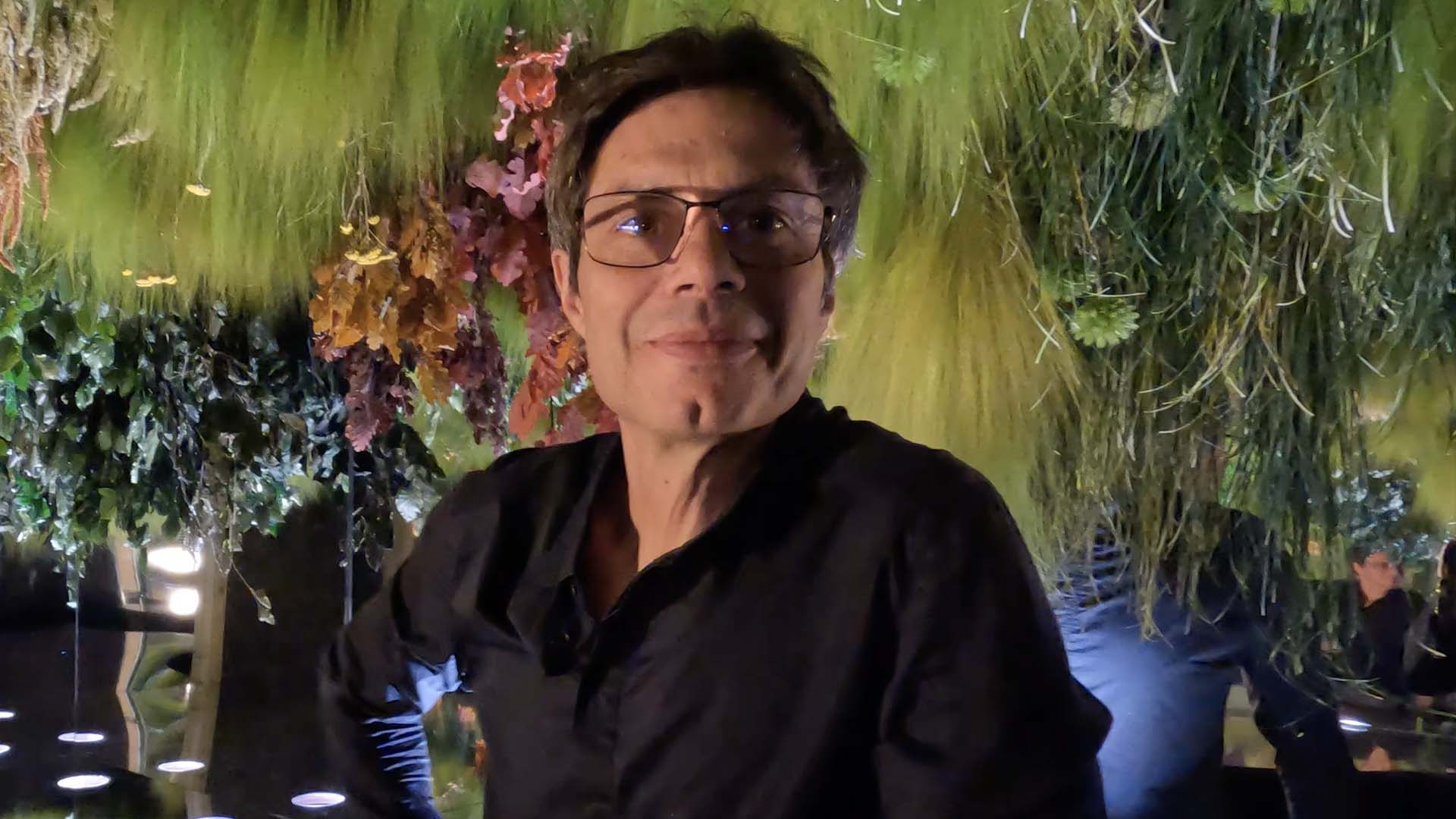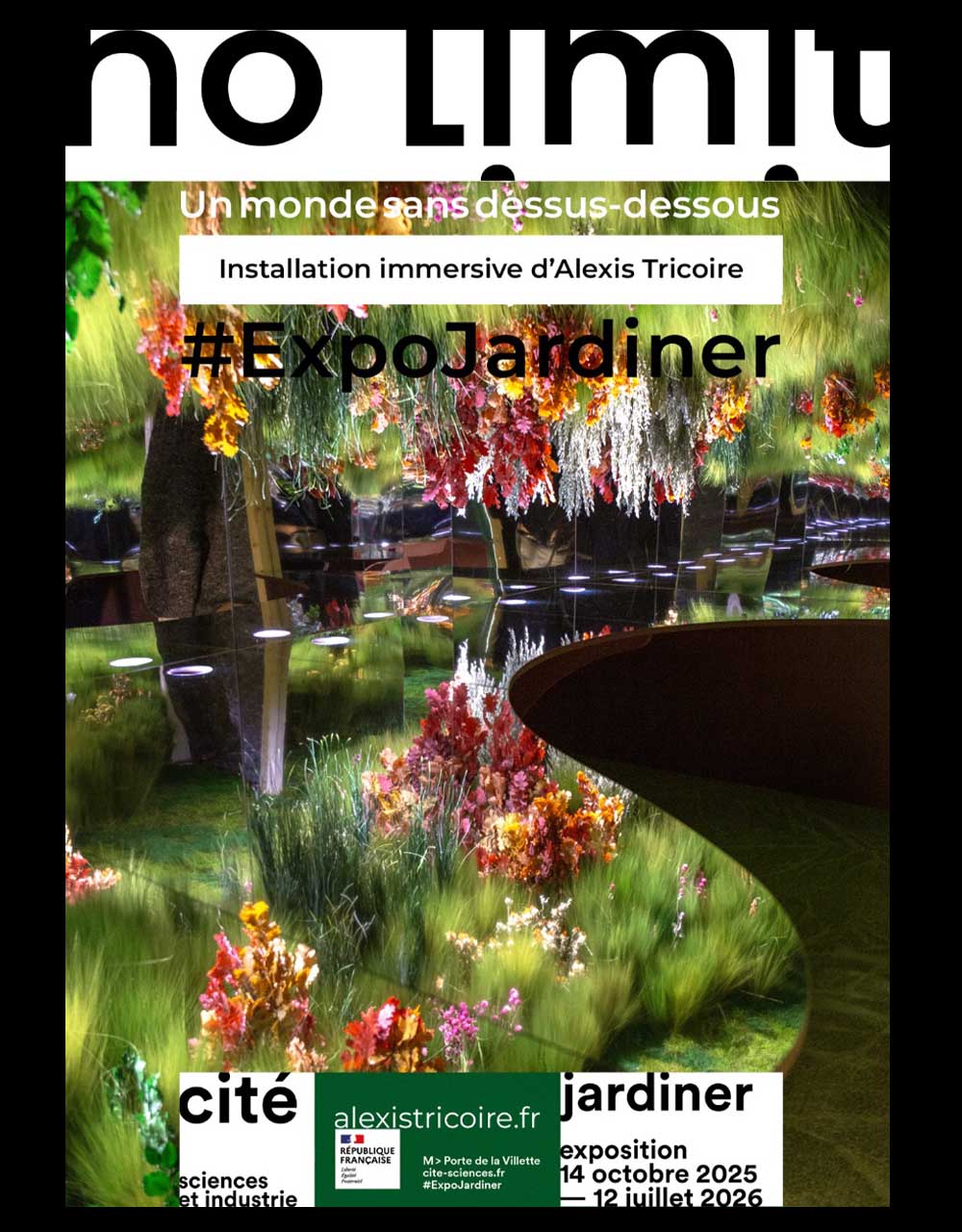
Monstera Chimera
27 August 2023No Limit
An immersive installation as part of the Jardiner exhibition from 14 October 2025 to 12 July 2026 at the Cité des Sciences et de l'Industrie, Paris la Villette.
The installation ‘No Limit’ conveys a fundamental message about the preservation of our natural resources: it reminds us that our civilisation is based on the illusion of infinite resources, when in reality they are limited and close to depletion. In this inverted landscape, we have lost our bearings and are walking on our heads.
Alexis Tricoire is the winner of the Jardiner competition at the Cité des Sciences et de l'Industrie for his No Limit project, installed in the ‘Jardin Spontané’ space, under the botanical direction of landscape architect Eric Lenoir.
Visitors find themselves immersed in several boundless landscapes: the ceiling of this space, installed in a wooden ‘hut’, is entirely covered with dried or preserved plants suspended from above, recreating an upside-down patch of meadow.
The walls are covered with mirrors, extending this representation of the garden to infinity. On the floor, large curved tables invite visitors to follow a winding path. Also covered with mirrors, they create the illusion of another garden, where the plants seem to rise towards the sky, projecting the visitor into levitation.
"For this exhibition, I was inspired by the work of landscape architect Éric Lenoir (author of the treatise Jardin Punk, published by Terre Vivante), who creates “spontaneous gardens” by minimising his intervention and their water requirements as much as possible. These are highly ecological gardens. Éric provided botanical advice on this project and approved the selected species.
My ecological commitment aligns with that of Éric Lenoir. He showed me around his garden and I understood his philosophy. I have translated it here, adding my own personal intention, which is to raise public awareness of the limits of exploiting nature. I am convinced that art has the power to touch people deeply. By creating immersive structures, where nature reveals itself as mysteriously beautiful and surreal, I place the public in what I call an ‘emotional trap’, designed to open visitors' hearts and make it easier for them to accept a scientific reality that is sometimes difficult to comprehend.
I want visitors to experience an emotional shock between the captivating beauty of the installation and the worrying state of our environment. The aim is to encourage them to reflect deeply and perhaps help them change some of their behaviours. As in this inverted landscape, where we have lost our bearings, I hope that visitors will question their place and their impact on the planet."


